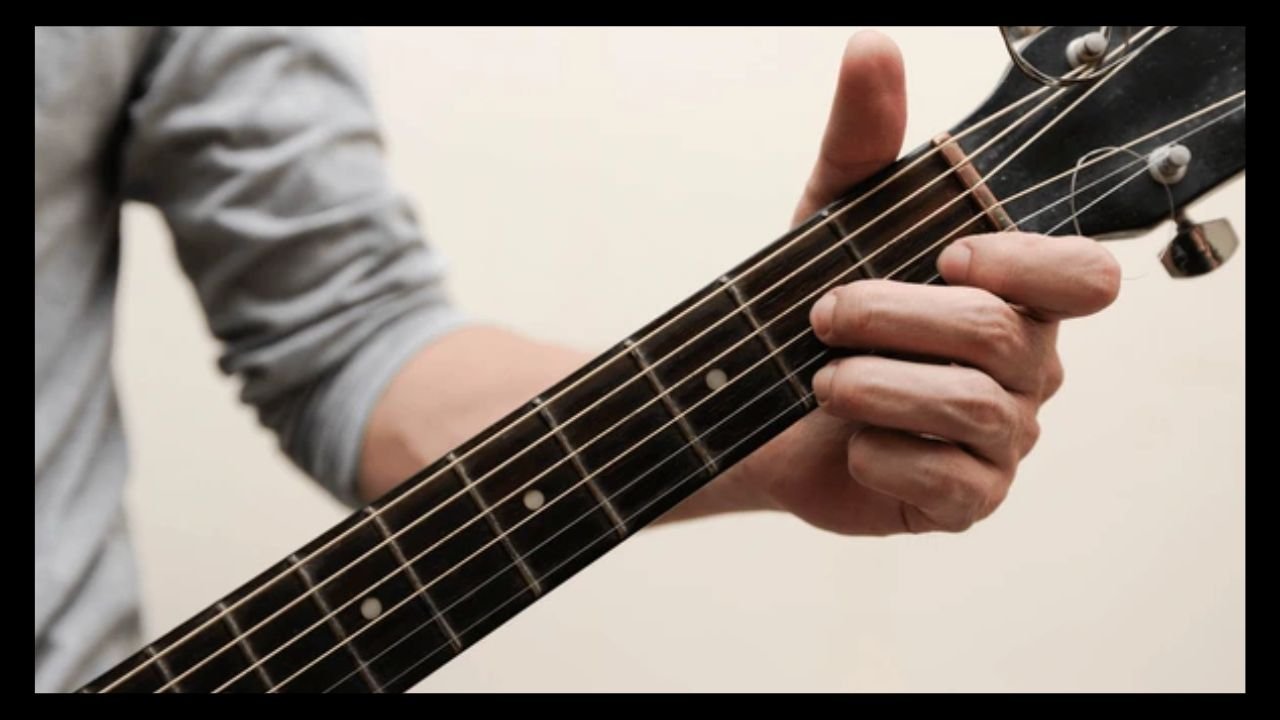Whether you’re a budding guitarist or an experienced strummer, mastering the Bm/A chord can be a game-changer for your playing. This versatile chord bridges the gap between melancholy B minor tones and the bright openness of A major, making it essential for countless songs across various genres. From enhancing your chord transitions to enriching your sound, understanding and playing the Bm/A chord is a skill worth honing.
This guide will walk you through everything you need to know—from the basics of the Bm and A chords, transitioning between them, to practical exercises. By the end, you’ll not only play the Bm/A chord confidently but also incorporate it seamlessly into your music.
What Makes the Bm/A Chord Important?
The Bm/A chord is a dynamic voicing often found in acoustic ballads, pop tracks, and bluesy compositions. It adds emotional depth and smooth transitions to chord progressions. Especially for beginners, learning the hybrid nature of this chord (melding B minor with an A bass note) can elevate your playing and prepare you for more advanced techniques. Its common use in songwriting also makes it a practical chord to master early on.
But why struggle with this chord? Many beginners find chords like Bm intimidating due to barre techniques. Luckily, the Bm/A chord provides a beginner-friendly alternative while retaining a rich tonal quality.
Key Benefits of Learning the Bm/A Chord:
- Introduces a practical way to play minor chords with an added bass flare.
- Improves finger dexterity and coordination for beginners.
- Offers versatility for composing and playing various genres.
- Prepares your hands for smoother barre chord transitions.
Now, let’s break it down step by step.
Understanding the Bm and A Chords Individually
Before jumping into the Bm/A chord, you must first solidify your understanding of the Bm chord and the A chord separately.
The Bm Chord
The Bm chord (B minor) is a barre chord that beginners often struggle with, but once you master it, you’ll find it frequently used across genres. Here’s the basic finger placement for the Bm chord:
- Index Finger – Barre all strings on the 2nd fret.
- Ring Finger – Press the 4th string on the 4th fret.
- Pinky Finger – Press the 3rd string on the 4th fret.
- Middle Finger – Press the 2nd string on the 3rd fret.
Strumming Pattern for Bm
For practice, begin with a down, down, up, down pattern. Once confident, try alternating with a slower upstroke to add rhythm.
The A Chord
The A chord is a much simpler open chord and acts as the “anchor” in the Bm/A hybrid. Here’s how to play it:
- Index Finger – Place it on the 4th string, 2nd fret.
- Middle Finger – Place it on the 3rd string, 2nd fret.
- Ring Finger – Place it on the 2nd string, 2nd fret.
Combining the Two—Bm/A Chord
The Bm/A chord essentially combines the finger positioning of the Bm chord while adding the open A string as a bass note. Here’s how to achieve this sound:
Finger Placement for Bm/A Chord
- Index Finger: Barre all strings on the 2nd fret (same as the Bm chord).
- Ring Finger: Press the 4th string on the 4th fret.
- Pinky Finger: Press the 3rd string on the 4th fret.
- Open Bass: Allow the open A string (5th string) to ring for that melodious hybrid tone.
Practice Strumming the Bm/A Chord
Focus on cleanly hitting the bottom five strings (avoiding the low E string). Start slow, using a simple downstroke pattern, and gradually increase tempo as you gain confidence.
Transitioning Between the Bm and A Chords
The key challenge of mastering the Bm/A chord lies in transitioning seamlessly between the Bm and A chords. With focused practice, it becomes second nature.
Tips for Smooth Transition:
Anchor Your Index Finger
Your index finger plays a pivotal role in both chords—either forming a barre or holding the bottom notes. Practice keeping this finger strong and steady.
Leverage Muscle Memory
By repetitively moving between Bm and A during daily practice, your fingers will automatically remember their “positions.”
Exercise Method:
- Start by holding the Bm chord for four beats.
- Transition to the A chord for another four beats.
- Repeat this cycle 10 times at a slow, steady tempo.
Use a Metronome
Practicing with a metronome ensures your transitions remain rhythmic, avoiding unwanted timing breaks while you switch.
Common Mistakes and How to Avoid Them
Muting Strings Accidentally
Beginners often struggle with accidental string muting when barreing. Double-check that each string rings clearly by strumming individually.
Solution: Adjust your finger pressure and hand posture to prevent muted sounds.
Striking the Wrong Strings
For the Bm/A chord, only the bottom five strings (A through high E) should ring. Avoid strumming the low E.
Solution: Practice hitting only the required strings by initially plucking them one by one.
Hand Fatigue During Long Practice
Due to its barre nature, the Bm/A chord can strain your wrist or fingers when overplayed.
Solution: Take short breaks while practicing this chord to avoid frustration.
Applying the Bm/A Chord in Popular Songs
The Bm/A chord isn’t just a technical exercise—it’s widely used in many popular tracks across genres. Here are some examples you can practice with:
- “Tears in Heaven” by Eric Clapton
The Bm/A chord offers emotional depth to this iconic tune.
- “Dust in the Wind” by Kansas
A melancholic classic where hybrid chords like Bm/A shine brightly.
- “Someone Like You” by Adele
A stunning pop ballad showcasing hybrid chords for dramatic effect.
You May Also Like: Scimitar Drum: A Unique Fusion of Culture and Sound
Conclusion
In conclusion, exploring and practicing the Bm/A chord can open up a world of musical possibilities. As demonstrated by popular songs across different genres, this chord adds emotional depth and a unique flavor to music. While it may be a bit challenging for beginners, with dedicated practice and a focus on proper technique, mastering the Bm/A chord can greatly enhance your guitar playing skills. So grab your guitar, dive into these popular songs, and unlock the expressive potential of this versatile chord. Keep practicing and enjoy the journey of musical exploration!
FAQs
What makes the Bm/A chord special?
It offers the richness of a B minor chord while adding the bass note of A, making it versatile and emotive for various genres.
Why is the Bm chord hard for beginners?
It’s a barre chord that demands precise finger strength and positioning, making it challenging for newcomers.
How can I practice the Bm/A chord effectively?
Begin slowly, break it down step-by-step, and focus on transitioning from Bm to A with clear, rhythmic practice.
Can I use an alternative to the barre Bm chord?
Yes, you can use a simpler variation by playing only the top 3-4 strings, muting the lower ones.
What type of music commonly features the Bm/A chord?
It’s popular in acoustic ballads, blues, pop, and even folk music due to its emotive hybrid tone.











